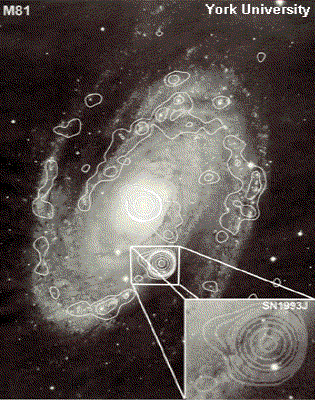How stars die
|
Radio astronomy has shown that in the universe there are many phenomena
characterized by rapid and violent evolution. Supernovae |
ottico
radio
X |
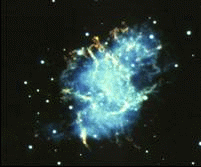 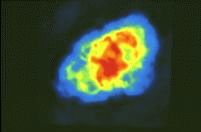 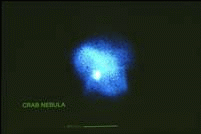 Fig. 1: The Crab Nebula which exploded in the year 1054. In visible light, radio and X. Inside there is a pulsar, visible in the X image. (Images are in false colours)
|
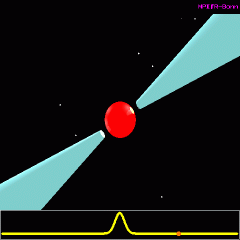 |
The pulsation period of a pulsar is in the range between a few seconds and thousandths of a second. The neutron star emits beams of particles (electrons and protons) along the magnetic axis, that does not coincide with the rotation axis; the emission is similar to that of a lighthouse in a port. Only if the observer is in the light cone can he receive the signal, constituted by pulses which are spaced at regularly intervals corresponding to the lighthouse rotation period.
|
| "Sound" of pulsar 0329+54 (714 ms) | |
| "Sound" of Vela pulsar (89 ms) | |
| "Sound" of millisecond pulsar (1.5 ms) |
|
In 1993 a supernova (SN1993J)
exploded in the galaxy
M81
|
|
The Webweavers: Last modified Mon, 22 Mar 2004 10:03:18 GMT
